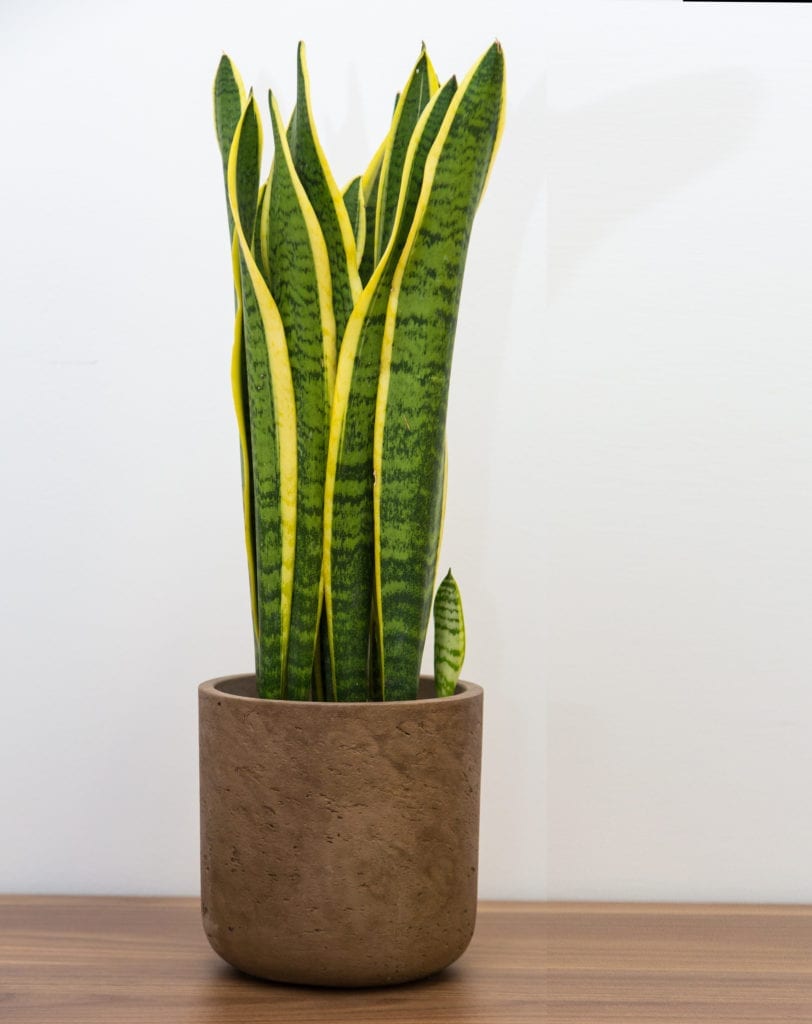
House plants absorb harmful components from the air, like formaldehyde and carbon dioxide, and release oxygen. That’s a win-win for their owners – and all the plants ask for in return are light, water and a bit of food.
One 6-to 8-inch houseplant can help oxygenate the environment for up to 100 square feet, says Haley Rooney, a horticulturist with Cohlmia’s, The Plant Place in Tulsa.
“Plants soak up carcinogens in our home that technology puts off,” she says. “Over time, things in your house break down and degrade and put off carcinogens.”
But people also love plants because they are nice to look at, bring nature indoors and are an inexpensive hobby to enjoy.
“It’s been insane the number of people who have started collecting and taking care of plants since the start of COVID,” says Rooney. “It’s so rewarding to watch something grow.”
Many of Rooney’s new customers are young, and are helping to revive the 1970s trend of hanging plants encased in macrame holders.
Claims about the benefits of growing things are well-researched, says David Hillock, an Oklahoma State University extension specialist in consumer horticulture and state coordinator of the Master Gardener Volunteer Program.
“In medical facilities, people with illnesses respond well to treatment when they have plants to look at, whether in the hospital room or looking out the window to see plants and trees outside,” he says.
There’s even a degree program in horticultural therapy at some universities, says Hillock. Horticultural therapists do gardening projects with people who are institutionalized, with such proven benefits as stress reduction and increased energy levels.
Plants add humidity to the air, which will come in handy for people who continue to self-quarantine as the pandemic drags on.
“When you are cooped up inside and running the heater, plants can make it more comfortable,” says Hillock.
Certain plants are old stand-bys for beginners or people with brown thumbs.
“I’m a big fan of gesneriads, which is the African violet family,” says Nate Tschaenn, director of horticulture for Myriad Botanical Gardens in Oklahoma City. “Besides African violets, which are popular beginner house plants, you have streptocarpus, gloxinia, primulina and columnea, or goldfish plant. They are all easy to flower and are very forgiving when it comes to forgetting to water. They like bright, indirect light.”
Rooney likes to suggest the peace lily to her hesitant customers.
“They do well in low-light situations,” she says. “If they need to be watered, they droop a lot.”
Snake plants, or mother-in-law’s tongue, are very low maintenance and only need to be watered every two to four weeks.
Generally speaking, “if the leaves are going yellow and mushy, you are over-watering,” says Rooney. “If they are going brown and crispy from the tips in, that’s underwatering.”
Rooney disagrees with conventional wisdom about re-potting.
“If I had to give people one tip, I would say do not re-pot your plants when you first bring them home,” she says. “A plant will acclimate much better in the grow pot, which has enough food to feed it for six months to a year. Then it needs to be fed. I suggest that people use Jack’s All-Purpose Fertilizer and All-Purpose Miracle Grow.”

























